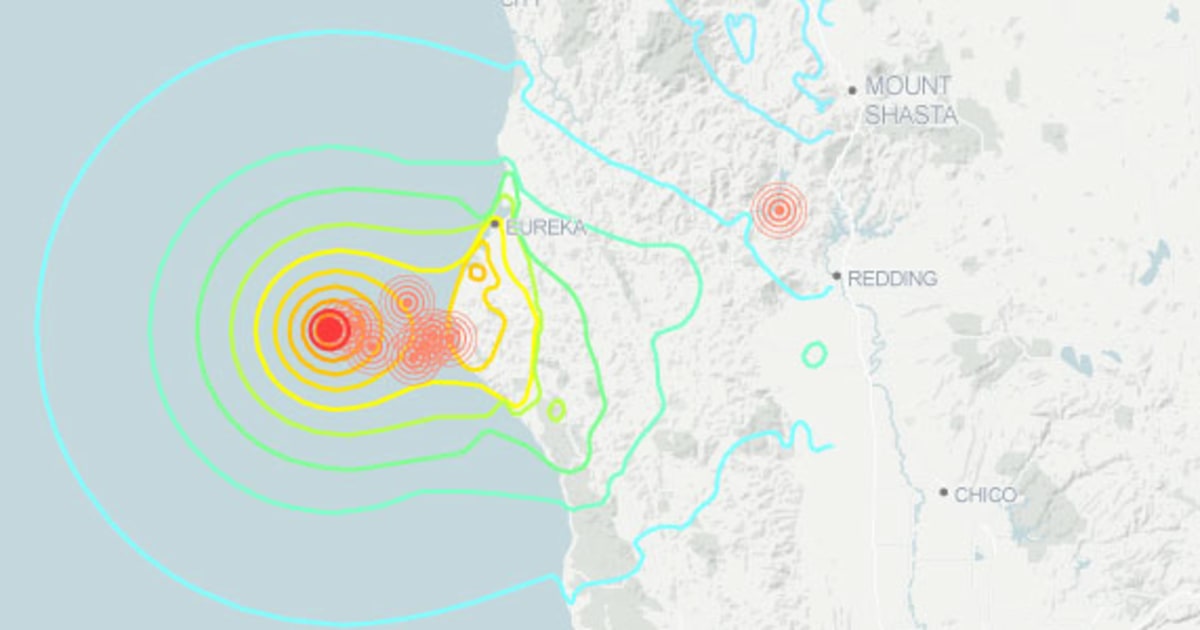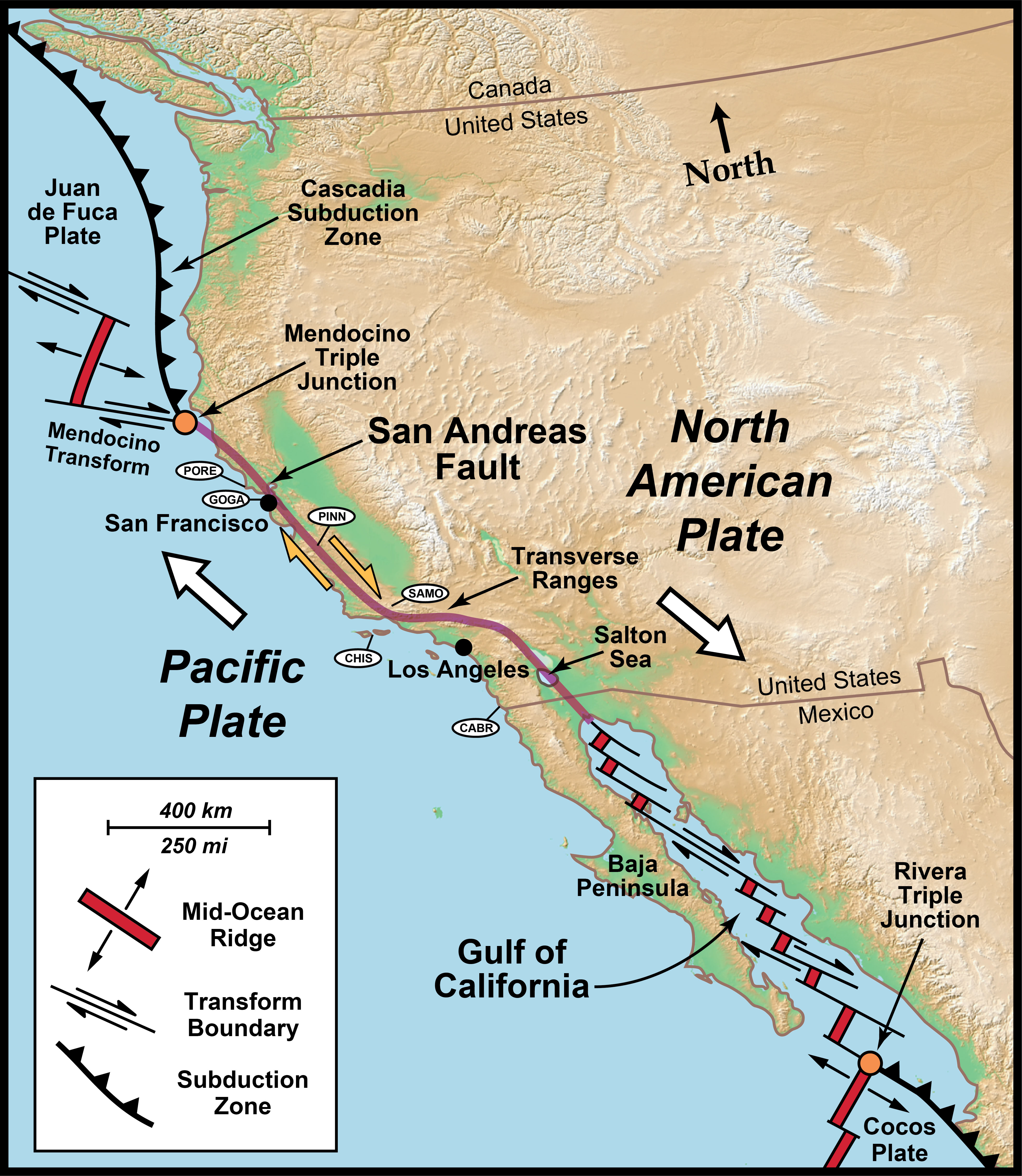Magnitude 7 earthquake off the coast of northern CA.
Tsunami warnings triggered in California and Oregon after 7.0-magnitude earthquake
The National Weather Service issued the warning for Northern California and parts of southern Oregon after the quake was detected off the coast of Ferndale, California.

 www.nbcnews.com
www.nbcnews.com
Live:
Tsunami warnings triggered in California and Oregon after 7.0-magnitude earthquake
The National Weather Service issued the warning for Northern California and parts of southern Oregon after the quake was detected off the coast of Ferndale, California.

Tsunami warnings in California and Oregon lifted after 7.0-magnitude earthquake
The earthquake rumbled at around 10:44 a.m. local time about 62 miles west of Ferndale, California, according to the U.S. Geological Survey.
Live:






